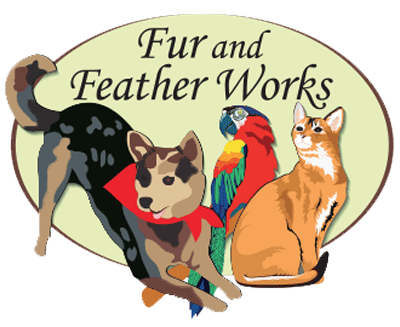If a dog is is wagging his tail, it means he’s happy, right? If another dog is wagging his tail at your dog, he’s friendly, right? This is “conventional wisdom, – weren’t we all taught this as kids? And it’s also wrong. When we do private training sessions, it’s common for mystified clients to tell us “but he was wagging his tail when he bit!”

When a dog wags his tail, it signals a willingness to interact with what he’s looking at. That’s all.
A wagging tail can indicate a variety of emotions in a dog and can even be a warning. Does this dog want to be petted or to chase you off his turf? The intent of the interaction can be deduced from the rest of his body language and expression. A wagging tail is NOT conclusive – it’s just a small piece of the puzzle.
The myth of the wagging tail grossly over-simplifies the finer points of canine communication, and it’s downright dangerous, especially for kids, who are more likely to miss subtle body language signals and make impulsive movements.
If you want to know how to accurately predict whether a dog is friendly or not — either to you, your dog, or your children — our Learn To Speak Dog Workshop is for you. Let us teach you to read canine body language like a pro!
Tuition is $125 if you’d like to bring your own dog to participate in the demo portion of the workshop, or $100 if you’d like to come alone so you can focus on the presentation and discussion.








